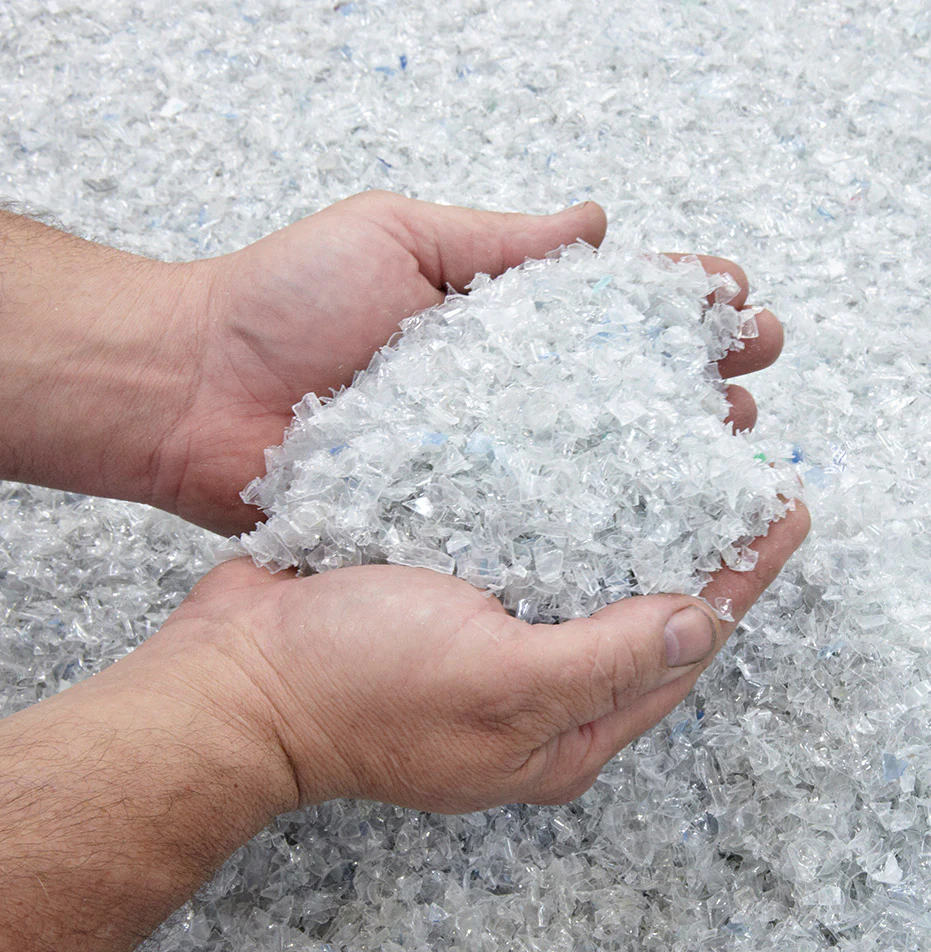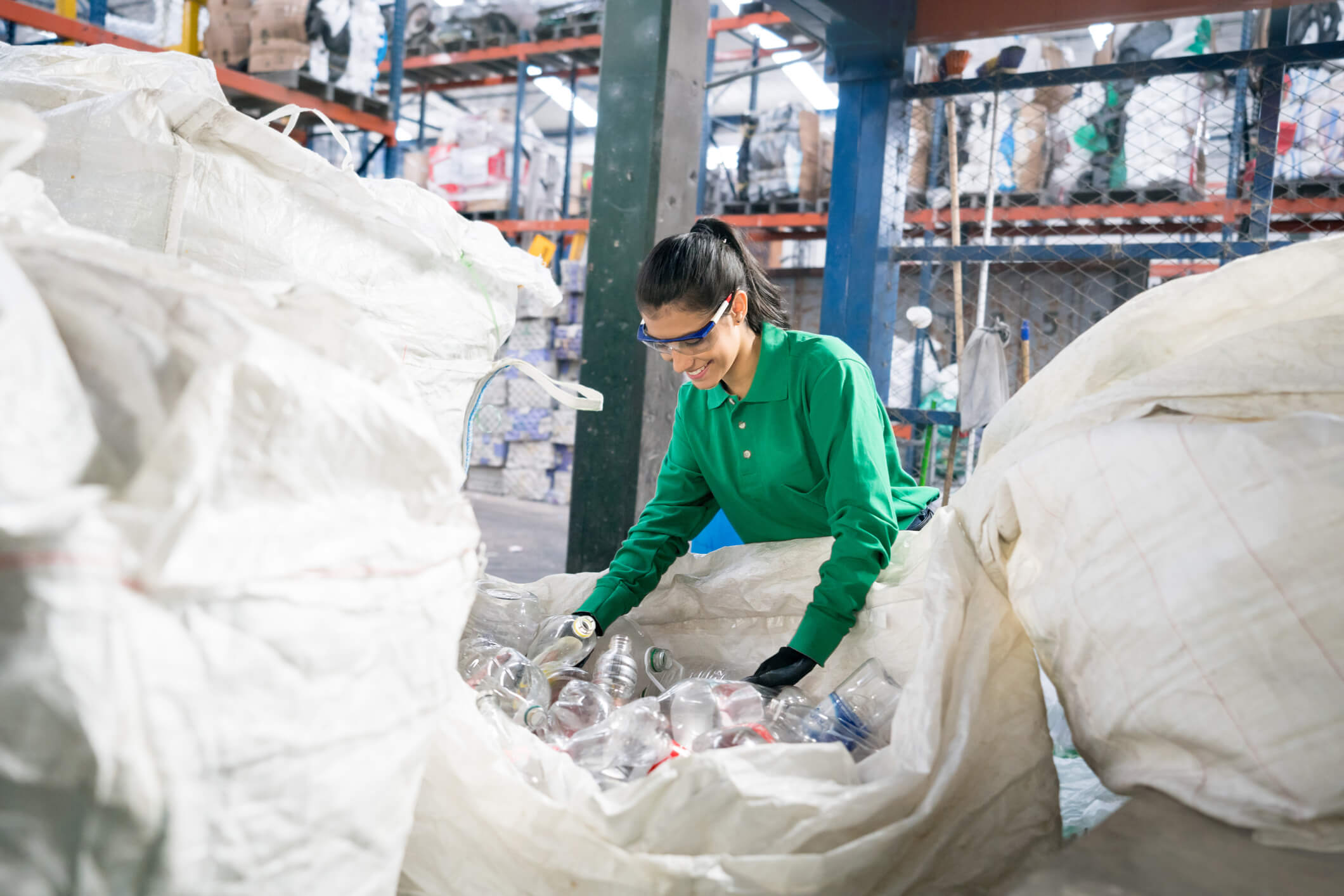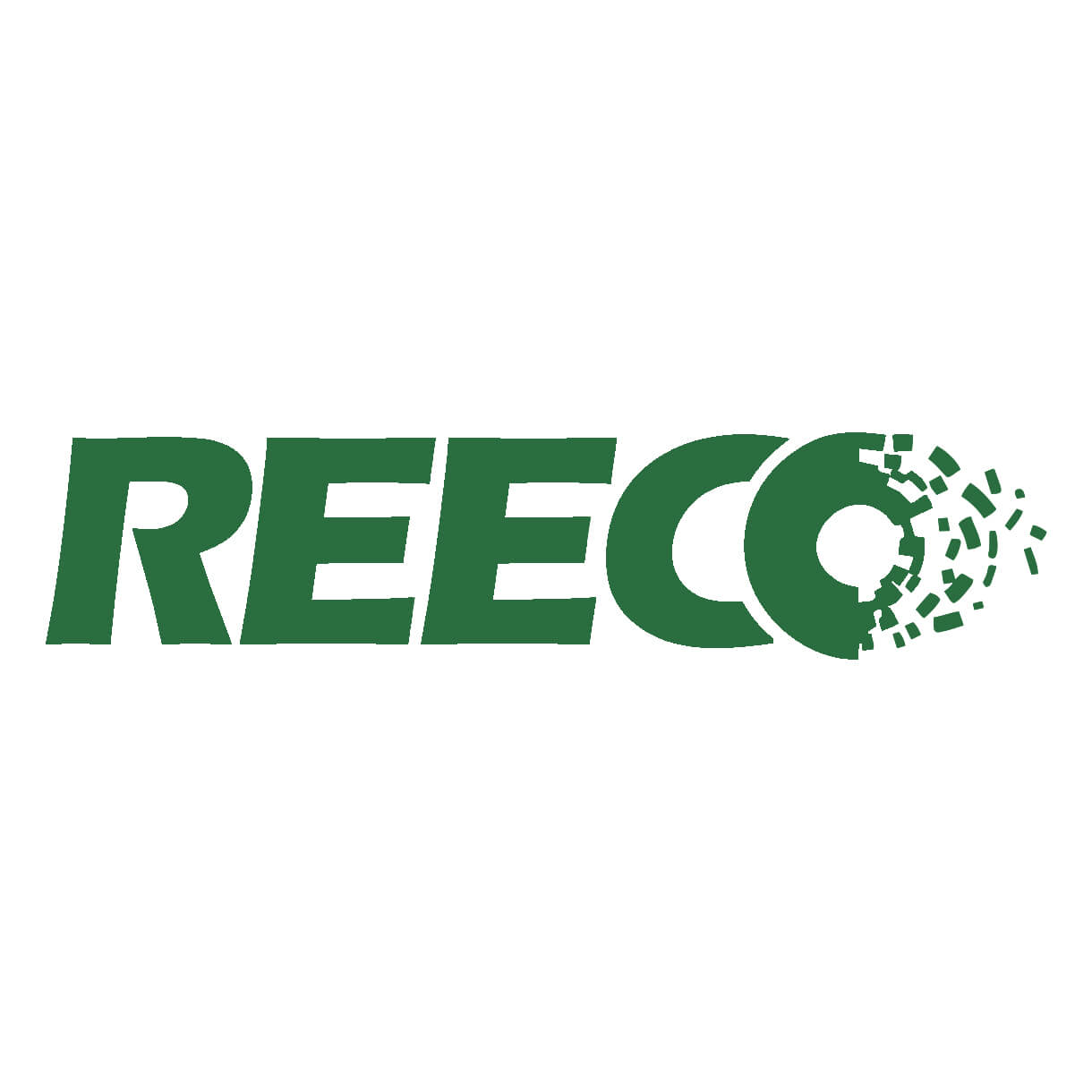About Us
RPET (Recycled polyester) is a new type of environmental protection material, R is the meaning of recycle. The recycled plastic bottles are converted into meltable RPET pellets after the grinding and drawing processes. Recycling technology regenerates the value of plastic bottles, replacing nylon or non-woven materials derived from petroleum, become a new form of textile material [RPET].
Plastic beverage bottles are packaged and shipped to the factory.
Collection of plastic bottles: The first step involves collecting used plastic bottles, typically made from polyethylene terephthalate (PET). These bottles can be collected through recycling programs, drop-off locations, or curbside pickup services.


Plastic bottles are broken into tiny flakes after cleaning.
Sorting and cleaning Once the bottles are collected, they must be sorted by type and color. Non-PET plastics and contaminants, such as labels and bottle caps, need to be removed. The bottles are then washed and cleaned to remove any remaining impurities, such as dirt or food residues. Shredding: After cleaning, the bottles are shredded into small flakes. This process makes it easier to process the plastic and turn it into a usable material.
Small pieces of plastic bottles are heated and stretched until they are cut into small particles.
Drying: The shredded plastic flakes are dried to remove any remaining moisture. This step is important for ensuring a consistent quality of the final product. Melting and extrusion: The clean, dry flakes are melted and extruded through a machine that transforms them into long, thin fibers. The fibers are then cooled and cut into small pellets, which are known as recycled PET (rPET) pellets.


The plastic particles are heated by the machine to make woven fabric for the production of bags.
Spinning: The rPET pellets are melted once again and extruded through a spinneret, a device with tiny holes that creates continuous filaments. These filaments are then cooled and wound onto spools, forming rPET yarn. Weaving or knitting: The rPET yarn is woven or knitted into fabric. This fabric can be made in various thicknesses and textures, depending on the desired characteristics of the final reusable shopping bag.
Dyeing and printing: The fabric can be dyed or printed with different colors and designs to make the bags more visually appealing. If printing is used, it’s important to choose environmentally friendly inks and printing processes. Cutting and sewing: The fabric is cut into the desired shape and size for the reusable shopping bags. The pieces are then sewn together to create the finished product.
Handles can be made from the same rPET fabric or from other materials, such as cotton or hemp. Quality control and packaging: The completed bags are inspected for quality and any defects. They are then folded, packed, and shipped to retailers or directly to customers. By using recycled plastic bottles to create reusable shopping bags, we can reduce the amount of waste in landfills and decrease the demand for new plastic production. This process is just one example of how we can repurpose waste materials into useful, sustainable products.
Get in touch.
Let's talk about your RPET project!
Contact Info
Lorem ipsum dolor sit amet, consectetur adipiscing elit. Duis id consequat.
